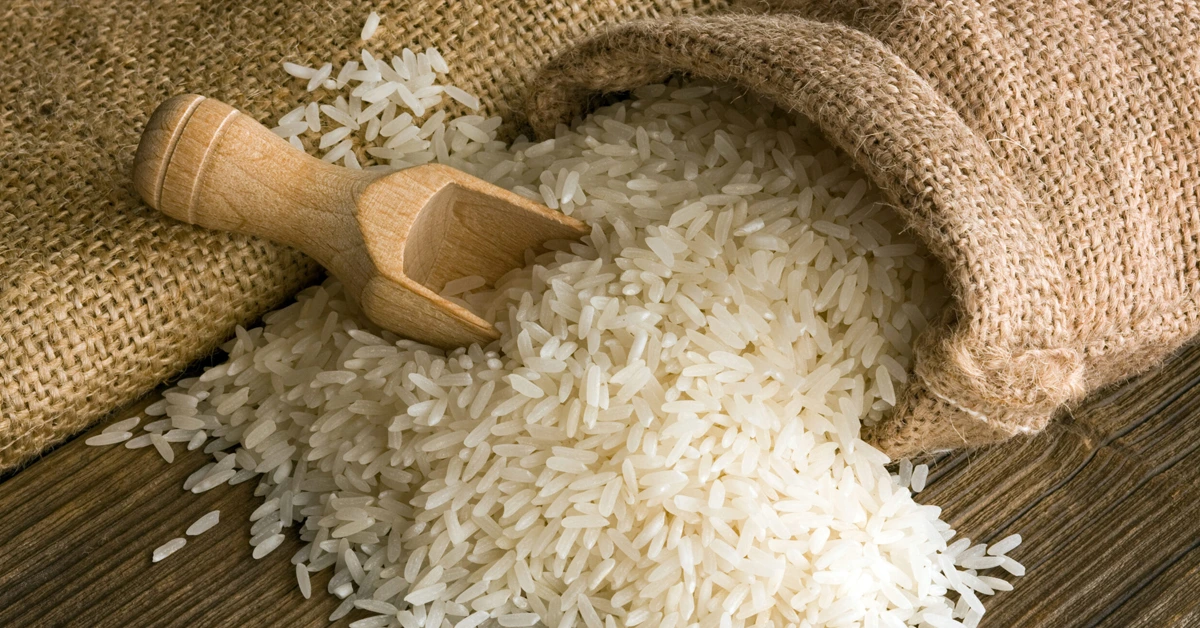
In Assam, a college has walked the extra mile by not only setting up a rice bank to preserve seeds of indigenous varieties that are losing out to new high-yielding varieties but also encouraging farmers to grow them so that they do not become extinct.
Located in Dhemaji district of the state along the Assam-Arunachal Pradesh border, the college in talks is the Silapathar Science College and so it has documented and preserved 251 indigenous varieties through its rice bank.
Silapathar Science College was established in 1996 and over the years it began working closely with the farmers in the district- the actual work began in 2015. For showcasing the various varieties of indigenous rice forms grown in the district, the college also organised 'Rice Mela', garnering much attention.
While interacting with The Assam Tribune, Silapathar Science College principal Ranjit Saikia speaking at large about the 'Rice Mela' said, "That was the beginning. We have encouraged our students to visit the entire district and collect the samples of rice grown by the farmers. Dhemaji used to produce a large variety of rice, but most of these are not available now due to various reasons."
He explained that while the government is promoting high-yielding varieties of rice through various schemes to boost production, local farmers also prefer these as more production means more financial gain.
"This is a bad trend as the state’s indigenous rice varieties will become extinct," he said, adding that the indigenous varieties of rice are tastier and more nutritious compared to the high-yielding varieties.
Rice is the staple diet for most of the tribes and communities in Assam and the state produces a huge quantity of it.
According to government statistics, Assam produced over 70 lakh tonnes of rice in 2017, compared to 52 lakh tonnes the previous year. Besides the normal rice, Assam also produces different varieties of aromatic rice, locally known as “Joha”; some varieties of soft rice, locally known as “Komal Saul” that needs no cooking; and a huge variety of sticky rice, commonly known as “Bora”.
“High-yielding varieties of rice are affecting the indigenous varieties. People have lost interest in growing indigenous varieties as production is less. However, the indigenous varieties are better suited to the local climate and there must be a sustained effort to improve the production of the indigenous varieties,” Saikia explained.
“We maintain a register of farmers. We are in constant touch with them and give them necessary support for cultivating the indigenous rice varieties,” he said, adding that the college is aware of which farmer is growing which indigenous variety every year.
“This year, we have encouraged some farmers to grow ‘Meleki Bao’, an indigenous variety of red rice. At least 40 farmers have assured they would do so this year. We are working on a plan so that we can buy back the rice from the farmers at a standard price compared to the market,” said Dr Jitu Gogoi, a professor of the college’s botany department.
He said that compared to high-yielding varieties, it is easier to grow the indigenous varieties. “If one grows high-yielding varieties, one needs pesticides, fertilisers and a lot of labour. However, our land is so fertile that no manure is required for the local varieties. The farmers can harvest three months after sowing the seeds,” he said.
“As of now we are documenting and preserving the indigenous varieties of rice grown in Dhemaji district of Assam. However, we hope other institutions will also take steps to document and preserve the indigenous varieties grown in other parts of the state,” Saikia said.
Hope this rice bank opens the door for more rice banks in the future.
ALSO READ | Assam State Zoo Expands Collection With Seven New Species
The Story Mug, a Guwahati-based blogzine, believes in telling stories that matter.